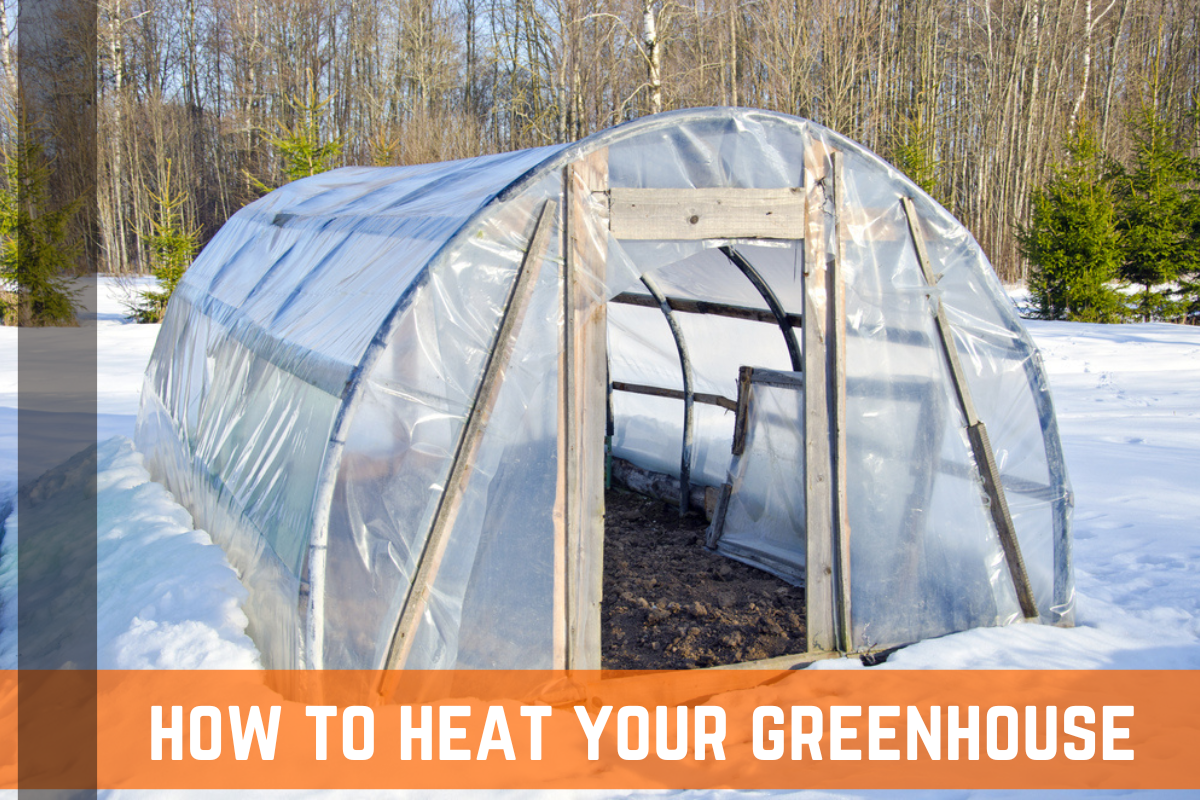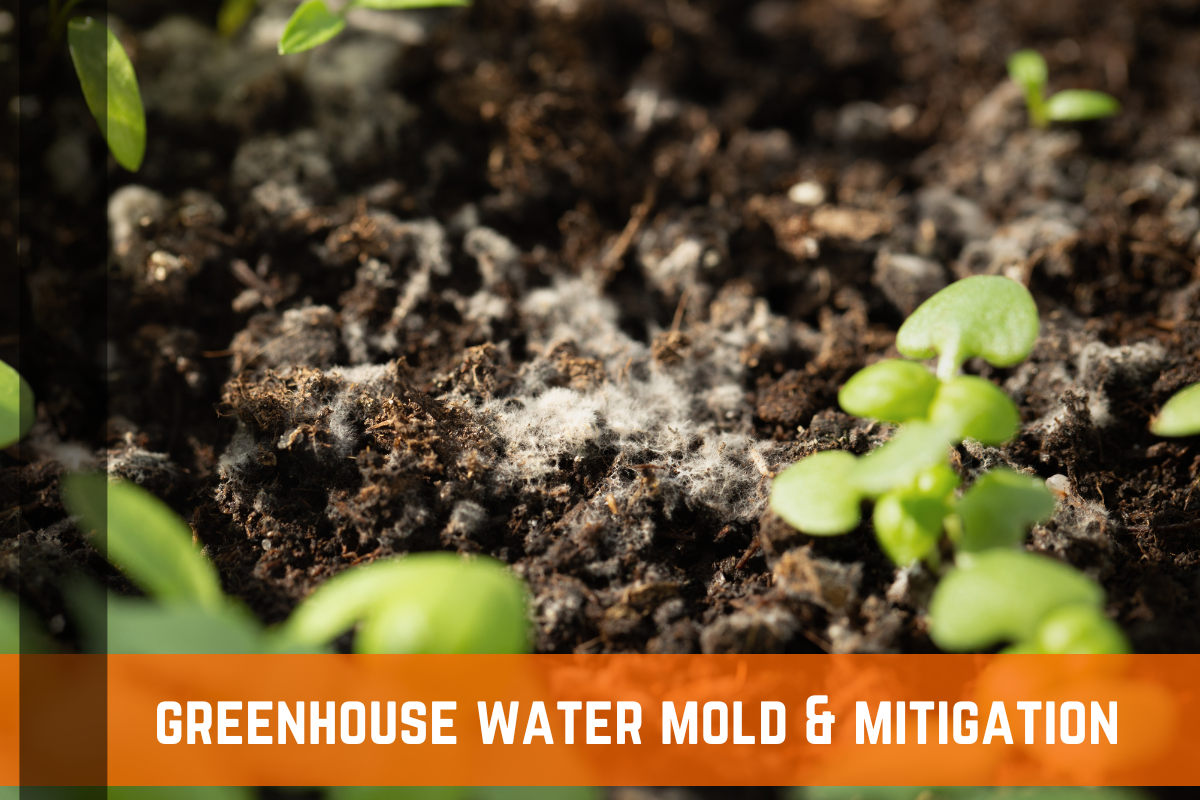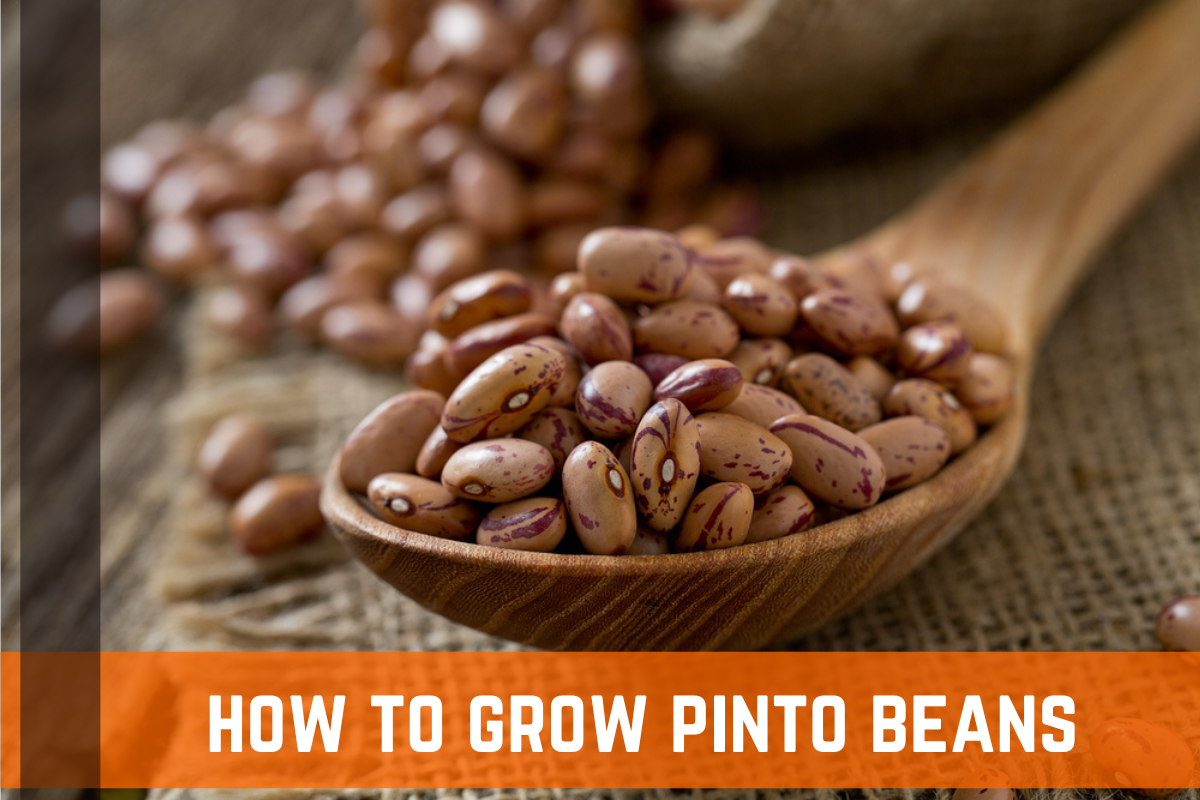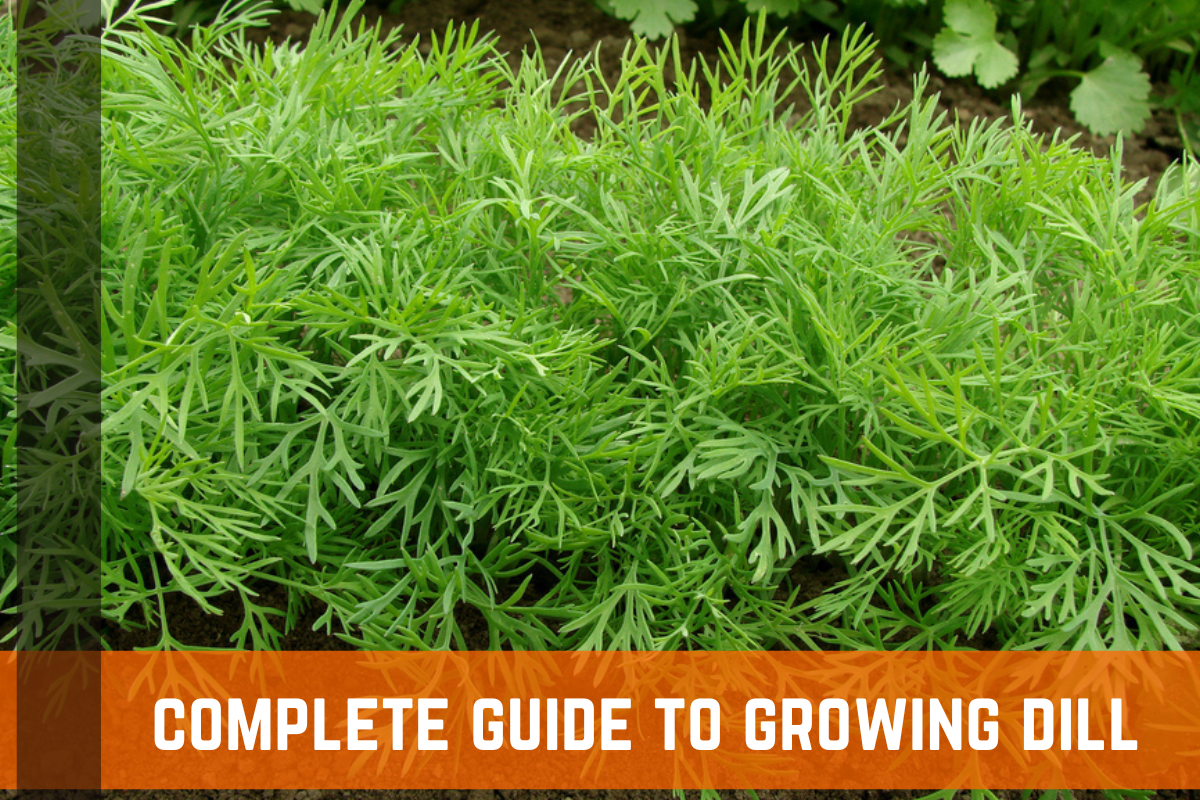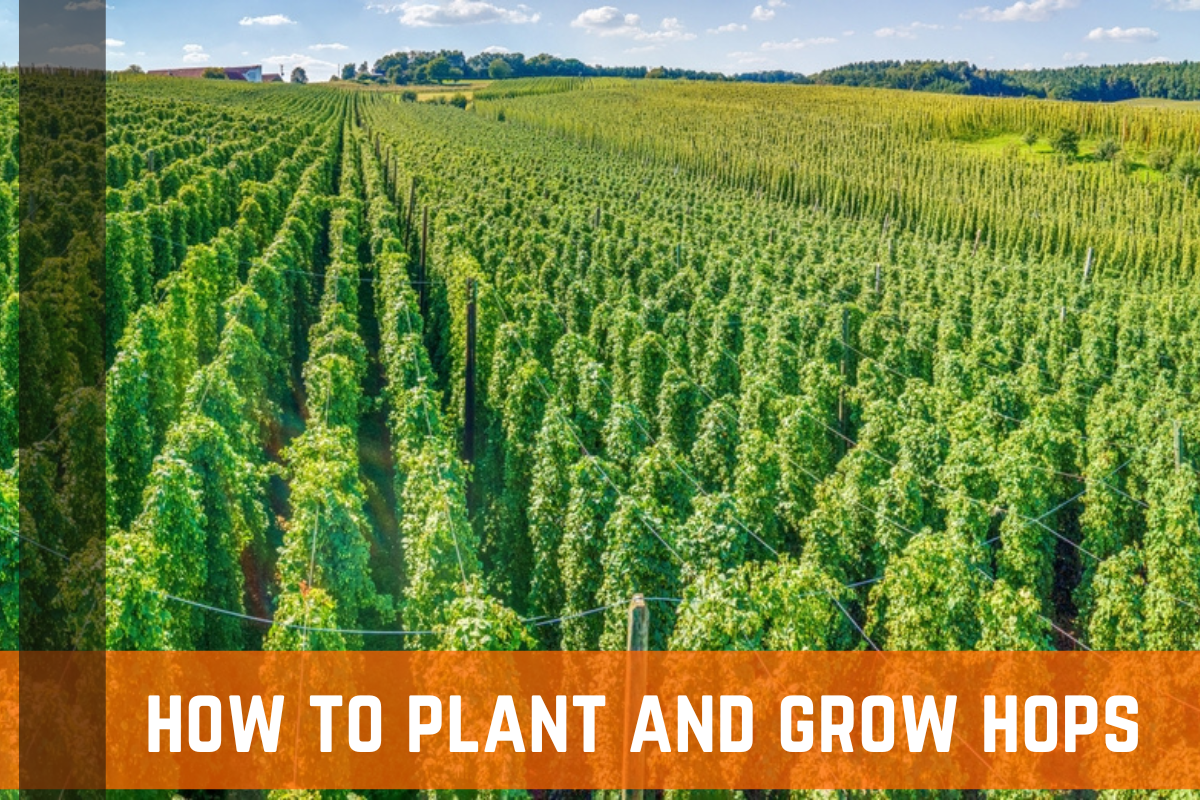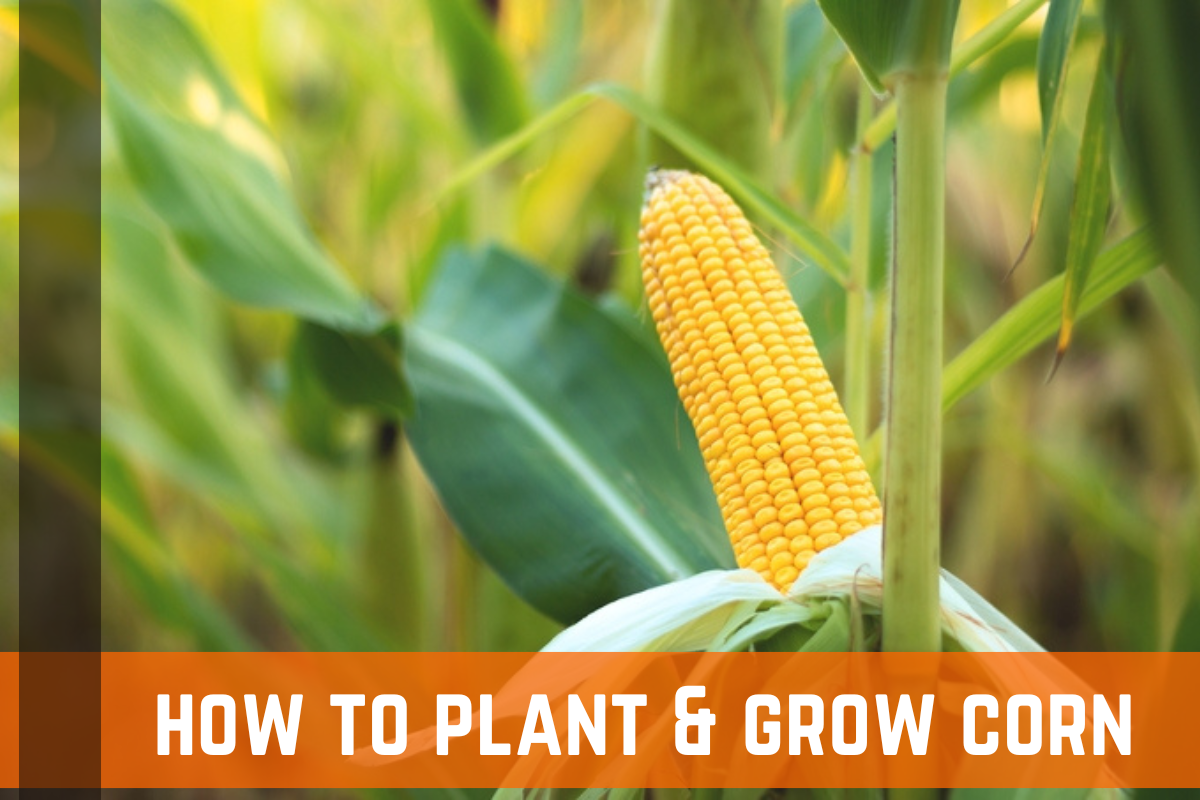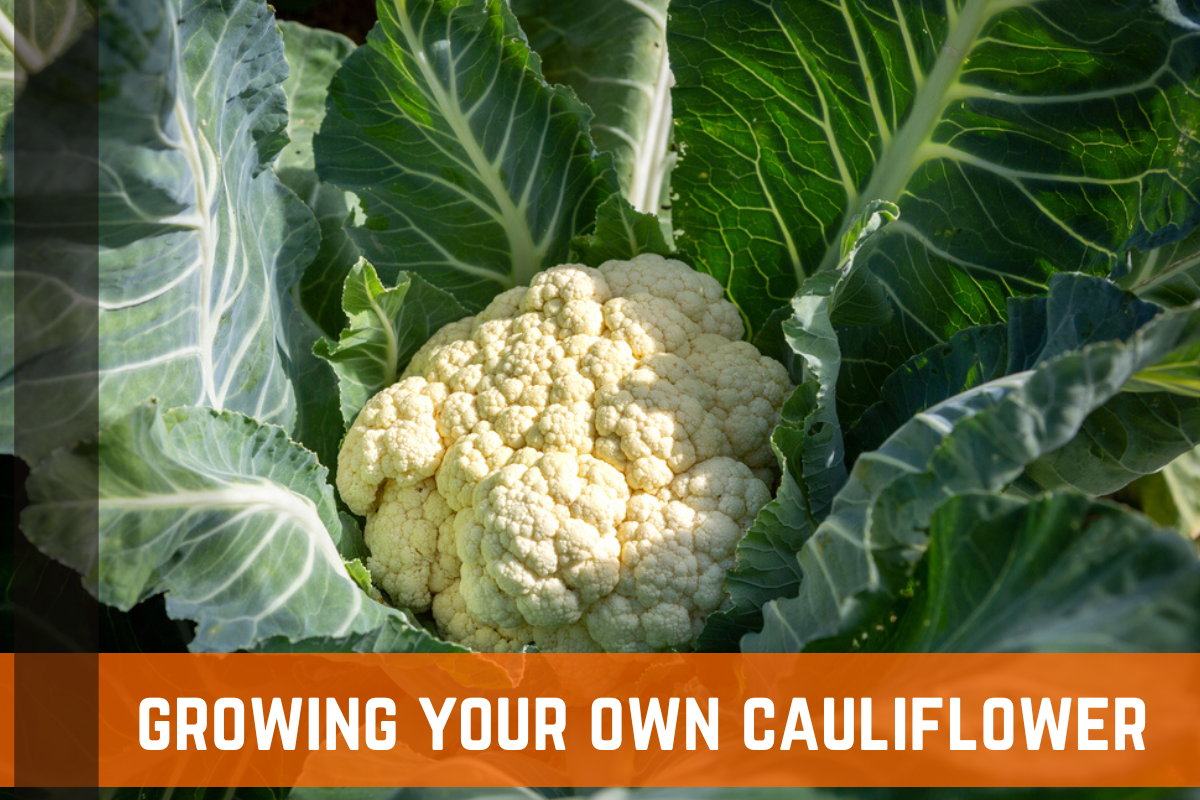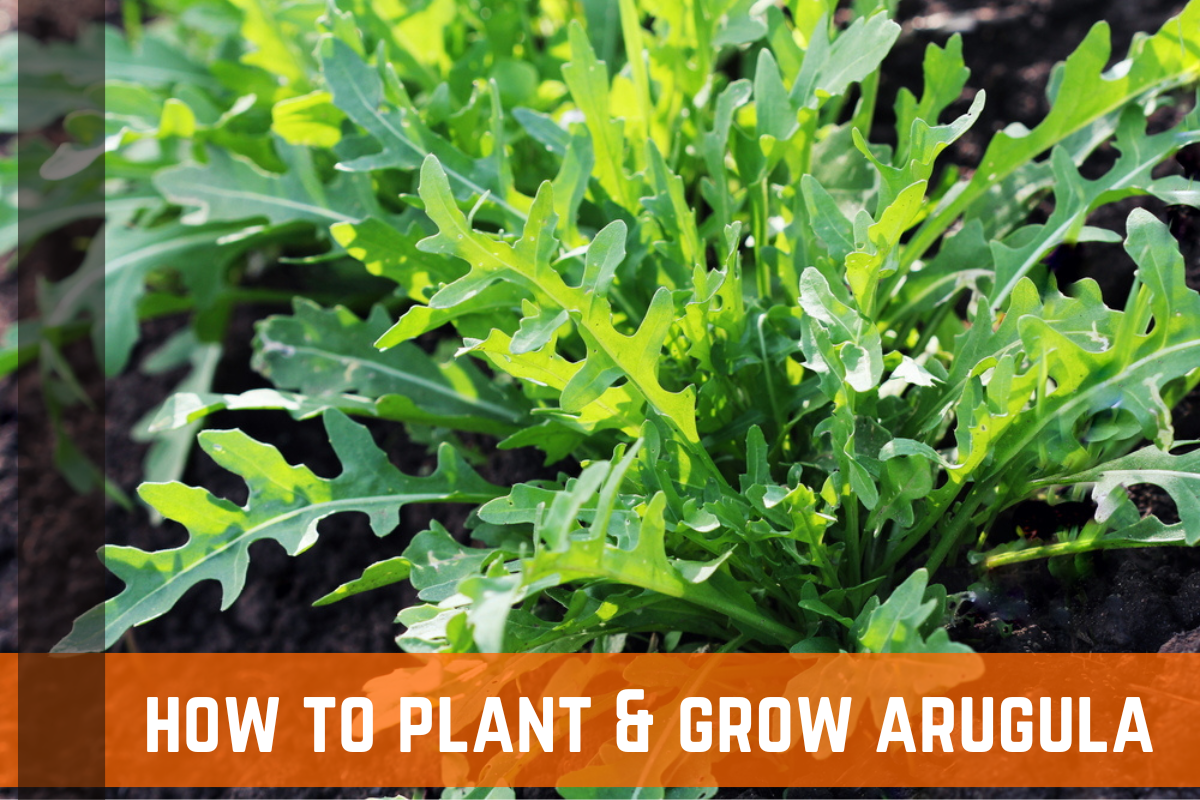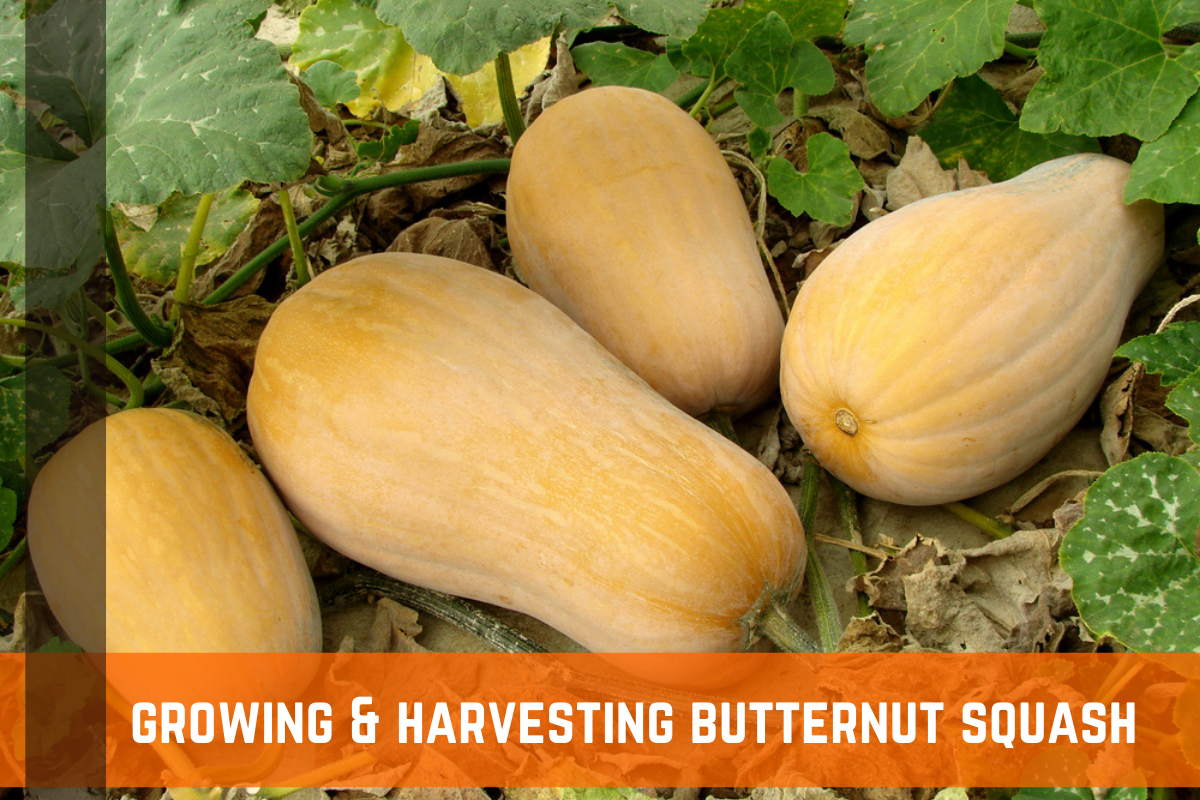Whether you’re new to keeping a garden or you’ve been at it for
awhile, landscape fabric (also called ground cover and weed barrier) is
probably something that has caught your eye - and your interest.
This article is here to act as your guide to landscape fabric, the
material that’s meant to keep weeds away and maintain moist soil.
All You Need to Know About Landscape Fabric
For those of us who maintain a garden or greenhouse and have been
at it a while, it goes without saying that the act of pulling weeds gets old.
It’s a tedious act, and it’s never-ending.
That’s why landscape fabric is the number one choice of many
gardeners. Why do they love it so much? Well, it doesn’t put any toxic
chemicals into the earth and it still keeps out those pesky weeds.
What is Landscape Fabric?
Landscape fabric, or ground cover, is created from fibers woven
together to make a solid sheet with perforated holes so water can get through.
It comes in rolls anywhere from 3 feet wide to 200 feet - depending on the type
of ground you’re looking to cover.
When you use landscape fabric, you should supplement it with mulch
- wood chips, gravel, recycled rubber nuggets, or anything else of your
choosing.
Advantages of Landscape Fabric
Many gardeners find landscape fabric the most useful around shrubs
and trees because that’s where it lasts the longest. Because this weed barrier
is meant to be left alone in one place, it’s best not to use it in vegetable
gardens or annual flower beds.
Here are some advantages to using this ground cover:
- It
keeps debris from settling into the soil. Landscape fabric will stop them
from sinking in and being difficult to remove.
- It
prevents weeds that are buried underneath the soil from sprouting. These
seedlings need sunlight and air in order to grow, so when they’re blocked
from the sun’s rays after germinating beneath a layer of fabric, they die.
- It
limits your need to use herbicides in order to control weeds. Many
gardeners don’t love using chemicals on their gardens, greenhouses, or
flowerbeds - especially if they have children and pets to think about.
Using landscape fabric keeps the need for chemicals to a minimum.
- It
helps to retain the moisture in the soil by reducing the rate of
evaporation. Two significant factors of evaporation are sun and wind,
which leave the soil dry. Using ground cover overtop of the soil will keep
that moisture in the ground and out of the sun and wind.
- It
controls some of the erosion that takes place after heavy rainfall.
Landscape fabric that is semi-permeable will allow some moisture to get
through, but it protects the top layer of the soil from the water that’s
running down the slope - which prevents erosion.
Disadvantages to Using Landscape Fabric
As with everything in life, landscape fabric does come with some disadvantages. In the interest of being transparent, we want to list these disadvantages - but with the reminder that the advantages are far more impactful than the downsides of this product.
Looking for monthly SEO services? Check out our partners at Search Amplify!
The quality of your landscape fabric and the way in which you
install it will determine its lasting abilities. Just remember - it’s great,
but it’s not a miracle product!
The disadvantages include:
- It
discourages the presence of earthworms, and earthworms help to aerate the
soil they live in.
- Since
the fabric acts as a barrier for the soil, natural mulch like fallen
leaves or pine needles have a hard time getting their nutrients into the
soil.
- A
small amount of weed seedlings can find their way into the landscape
cover. If installed correctly with a high-quality weed barrier, though,
this is less likely to occur.
- It
can be expensive, but you get what you pay for. The more that you pay for
ground cover, the better it will protect your garden.
- Reseeding
can be difficult later on - difficult, but not impossible.
- When
it comes time to remove the landscape fabric, it can be a difficult task.
But once again - difficult does not mean impossible!
Ground Cover Usage Tips
If you’re all-in with landscape fabric and have decided that you want to give it a try, keep reading. Following these tips will help your weed barrier last longer and be of higher quality while it’s in place.
- It’s
important to choose landscape fabric that’s professional grade - like the product we stock at Farm Plastic Supply.
Cheap covers will rip easily and might not even last a full season.
- Adding
amendments like composted manure, peat moss, and other organic matter to
the soil before installing your weed barrier is a good choice. Remember,
you can’t add them later.
- After
adding the amendments of your choice and working them thoroughly into the
soil, level the soil out by breaking up hard chunks and raking out the
surface.
- Lay
the fabric down with the rough side against the soil - this helps it stay
in place and keep from shifting.
- Don’t
skimp! Overlap the edges by at least 8 inches, and allow a 2-inch overhang
around the edges. When the entirety of the fabric has been secured, you
can tuck it in along the inside of the border to conceal it.
- Make
sure to pin the fabric down securely, inserting a landscape pin every 8-10
inches along the edges and every 12 inches in the center. If you skimp on
pins, your fabric could come loose after a short while.
- Cut
round holes to insert landscape plants, using a sharp knife - make sure
the holes are large enough to accommodate the plants you plan to use.
- Finally,
cover the weed barrier with 2-3 inches of mulch. This will help the pins
hold it down and protect it from UV rays, which helps the ground
underneath keep its moisture. Plus, mulch is nice to look at!
Care and Consideration of Your Greenhouse
The purpose of landscape fabric is to control the growth of weeds,
but there’s always the possibility of errant weeds sneaking in after the first
couple years. On top of the mulch that you lay over the fabric, you might
consider spraying a pre-emergent herbicide at the start of each growing season
to keep blow-in seeds from sprouting. Note: this type of herbicide won’t harm
existing plants!
Many of us don’t have the time or the inclination to spend hours weeding out the garden, greenhouse, or general landscaping. Landscape fabric is a great way to keep these areas weed-free and looking as gorgeous as they day they were planted.
Shop Our Selection Of Farm, Garden, & Agricultural Products!
4 Year Clear UV Resistant Greenhouse Plastic
4 Year UV Resistant White Greenhouse Plastic


